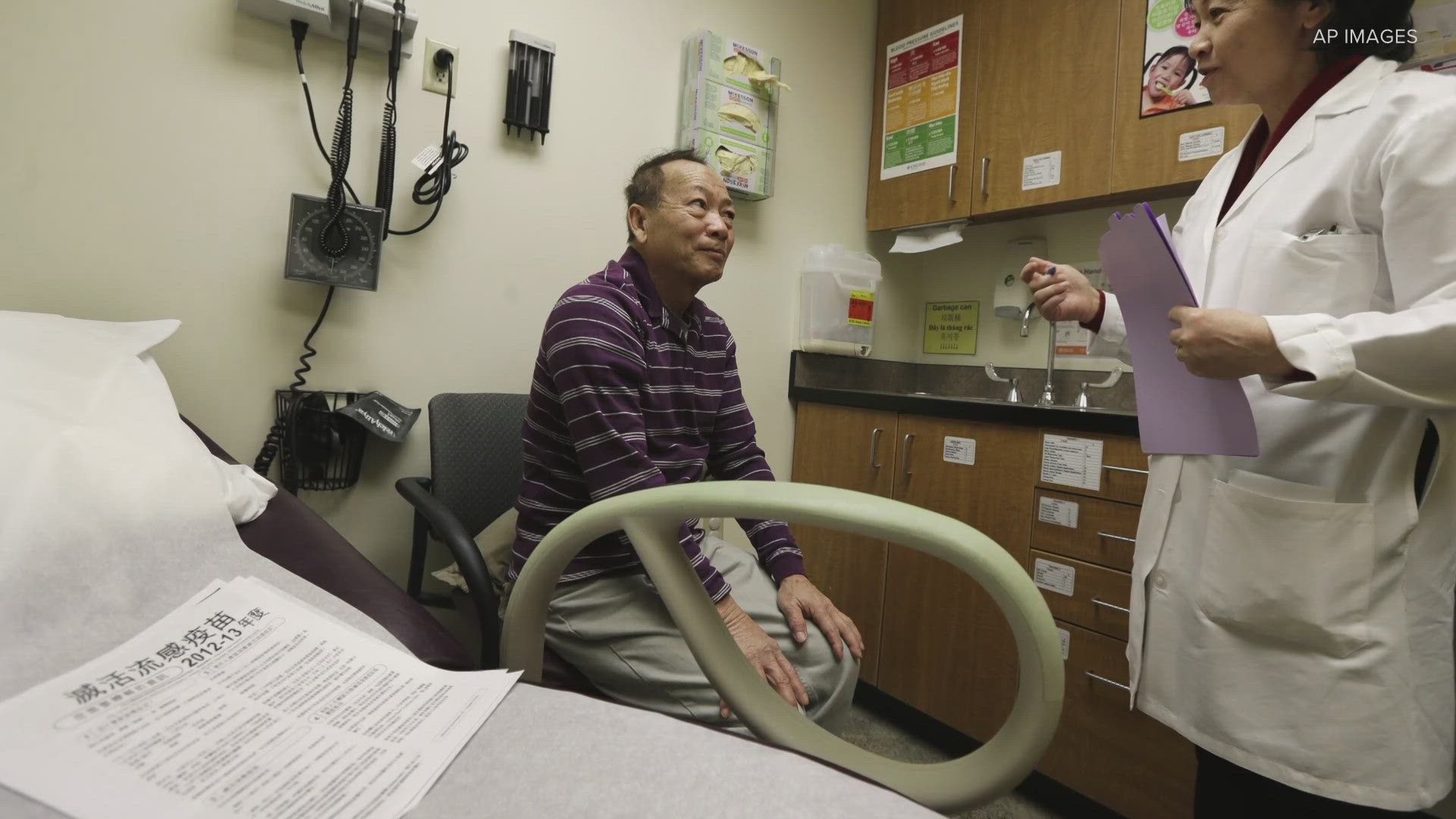SEATTLE — Asian American, Native Hawaiian and Pacific Islanders (AANHPI) comprise at least 20 different ethnic groups, yet they're often grouped together when it comes to assessing their health.
Subgroups among AANHPI communities have unique health needs but there isn't much data and knowledge about them.
New research is changing that.
"This study is a very broad analysis, but it at least gives us a sense that not every group is the same," said Dr. Eugene Yang, a cardiologist, medical director of the UW Medicine Eastside Specialty Center and a professor of cardiology at the University of Washington School of Medicine.
"My research focuses on understanding the differences in cardiovascular risk between different Asian subgroups," Yang said.
While the American Heart Association names several distinct factors that impact heart health -- things like diet, weight, exercise and cholesterol, Yang's research points to additional reasons that may put people at risk for cardiovascular disease -- things like education level, income and housing security. He refers to them as "social determinants of health."
"When you combine these social determinants of health, what we were interested in finding out was how does it affect different Asian populations?" Yang said.
It's the crux of his research published in the Journal of the American Heart Association in April.
Yang said Asian Americans as a whole have a low prevalence of cardiovascular disease. But when each demographic is scrutinized, subgroups within the AANHPI community have varying risks of heart disease, particularly when unfavorable social factors like housing insecurity, unemployment and lower income are considered.
In one example, the study found such "unfavorable" socioeconomic factors led to a 45% greater chance of type 2 diabetes among Chinese adults but a 24% greater chance among Filipino adults.
"Historically, Asians have been lumped together; so it doesn't really help us discriminate the differences in cardiovascular risks between certain Asian populations," Yang said.
Yang pointed to other research being done right now to explore this issue further and to glean more data.
Fred Hutchinson Cancer Center recently received a $38.7 million grant to explore this very topic, with the goal of closing the gaps in knowledge within the unique health issues among AANHPI subgroups.
Fred Hutch will be coordinating the research alongside the National Heart, Lung, and Blood Institute and other National Institutes of Health groups for the population study. The grant will span seven years.
Yang said the good news is people are paying attention to this important distinction.
"Asians in general are felt to be this model minority -- that we are more educated; we have more higher levels of income, access to health care," Yang said. "And when you combine all of us, that might be true. But when you do studies like this, you start to disaggregate the Asian population. You see that there are very significant differences, which is very important."

